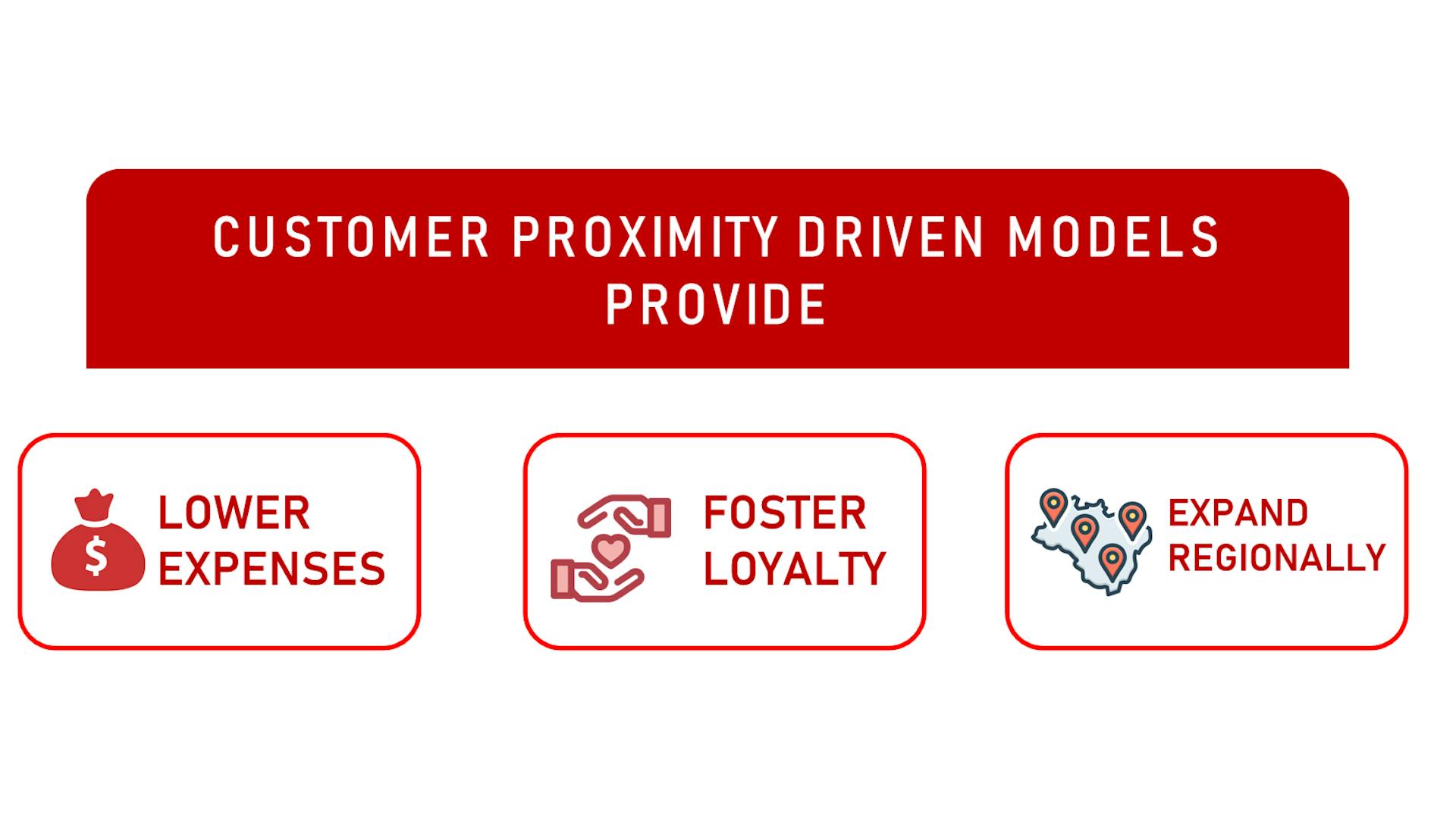Customer Proximity feels like a counter-intuitive business strategy for SME growth and sustainability. But it was becoming obvious to James Varghese that this characteristic, and not global reach, was a superpower to SMEs from India, despite the digital acceleration in the post-COVID Indian economy.

I once worked with the owner of a mid-sized factory shop located at Bhosri, a well-known industrial estate in Pune. Vinod’s business was known for its expertise in the PTFE, wire, and cable industry. The employees who worked for him and his shop floor mainly catered to the automobile segment. A few of his clientele consisted of select renowned brands that produced highly advanced applications, which required Teflon wires and cables.
All of his clients were located in the same industrial estate, and he was aware of the demands of the market. He was able to match the momentum of these market requirements, keep up with the latest advancements in their industry, and adjust his product to match their growth. Since many of them worked on development projects, they needed to use a lot of specialized wire and cable Teflon goods. Vinod was able to identify exactly what their specifications were and meet them.

Because these are all personalized products, the margin was very high, even if the volumes were relatively modest. It wasn't batch processing; everything was customized. It's interesting to note that he did well and was able to grow his business while also providing a stable, balanced life for himself and his family in Pune's upscale neighbourhood. He and I also attended the wire and cable exhibition in Dusseldorf in 2000, where we learned about new product innovations in the industry and met clients from Germany, Russia, and other countries.
Even though he did receive some export orders, interestingly enough, the percentage of these orders from abroad remained a small fraction of his entire client base. The bulk of his orders? They originated from the nearby industrial estate nearby, which also benefited him. By catering to a specialized market close to his shop floor, he was able to reduce transportation costs and other expenses. This also helped him decrease the time spent meeting with customers to obtain repeat business. Also, it helped him build strong relationships with his customers over an extended period of time, which allowed him to effectively manage his business for more than thirty years.
Post-COVID Shift to Customer Proximity
Customer proximity has become vital for small and medium-sized businesses in today's competitive business world. The value of proximity to the customer has contributed to the SMEs developing supply chain responsiveness, cultural alignment, and ease of communication for their client base — in other words, being in sync with their customer’s business cycles. It entails understanding what your client needs, when they need it, and being able to react quickly, empathetically, and accurately.

The age-old idea that revenue is capped or scalability is limited by customer proximity is gradually being dismantled. The opposite is actually turning out to be true. Being close by is a catalyst for growth. Through replicable, proximity-driven models, SMEs in a variety of industries are utilizing their proximity to customers to develop more pertinent offerings, lower expenses, foster customer loyalty, and expand regionally.

Strategic Lever for SME Growth
Customer proximity isn’t just about location; it’s about relevance, responsiveness, and resonance. Here's how it translates into tangible business advantages:
Faster Response Time & Service Adaptability:

Companies that are close to their customers can receive and work with immediate feedback. Local vendors have the significant advantage of agility over international rivals.
Higher Customer Retention and Brand Loyalty:

Familiarity and trust-based business relationships are prone to endure. This often stems from similarity in languages, shared cultural experiences and standards, and community-based promotional efforts. Customer loyalty, as a result, grows out of these time-tested factors.
Reduced Distribution Costs and Lower Customer Acquisition Cost (CAC):

In order to sell and service their products, SMEs in India commonly use tools like WhatsApp and hyperlocal agents, which significantly lower CAC and cut through costly digital advertising. Cost savings result from just-in-time inventory models, fewer logistics layers, and fewer warehousing requirements.
Increased Word-of-Mouth Marketing and Organic Reach:

Customers who feel seen and valued are more likely to recommend a brand. Organic reach increases with little to no marketing expenditure when satisfied customers turn into outspoken advocates of the SME.
From what I have observed with SMEs like Vinod’s, customer proximity is the most favoured strategy for sustained and organic growth. It provides a foundation for agility, trust, cost-efficiency, and organic growth. Staying close to the customer—in every sense of the word—is not just a smart business strategy; it is fast becoming an imperative one.
